
cd_nom
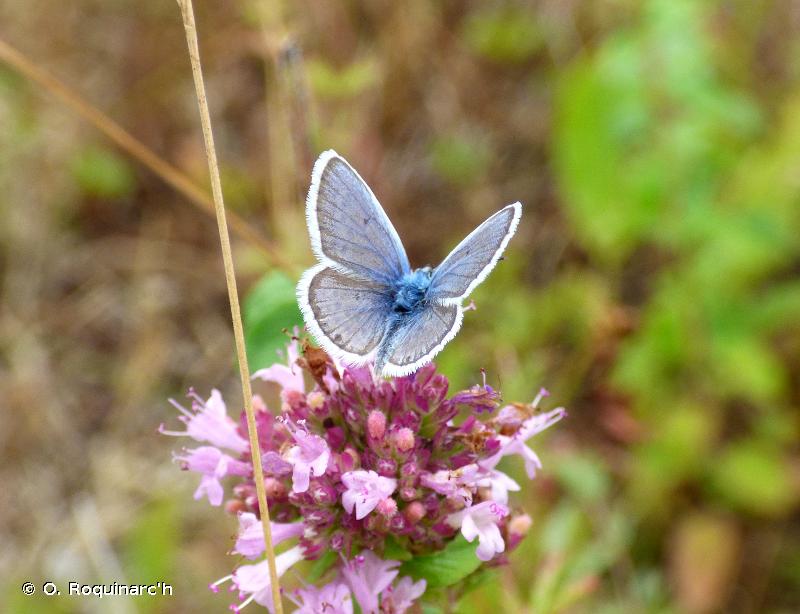
| Author : O. Roquinarc'h |
 |
To get the picture, please visit:
Océane ROQUINARC'H,
Muséum national d'Histoire naturelle,
Service du Patrimoine Naturel,
4 Avenue du Petit Château,
91800 BRUNOY
mail : oroquinarch@mnhn.fr
Legend: Imago. Porcheville (78).
Despite the Creative Commons license, please inform the author of the use which will be made of his photo
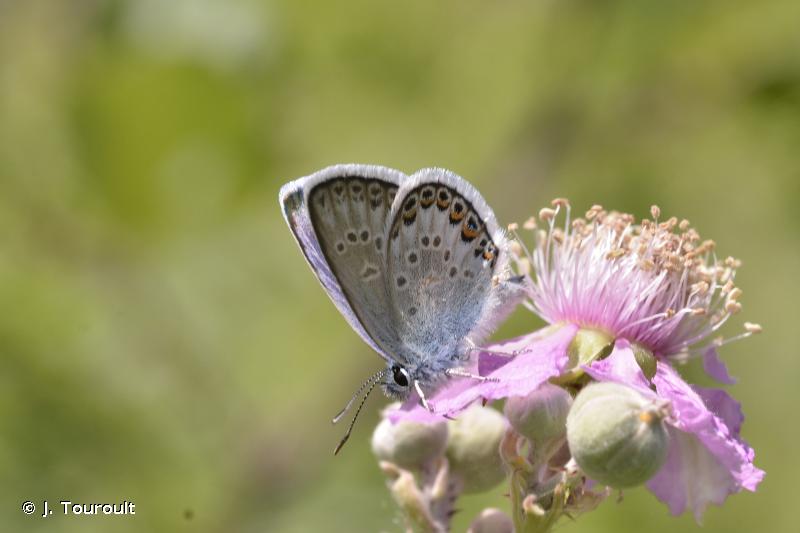
| Author : J. Touroult |
 |
To get the picture, please visit:
Legend: Corse
Despite the Creative Commons license, please inform the author of the use which will be made of his photo
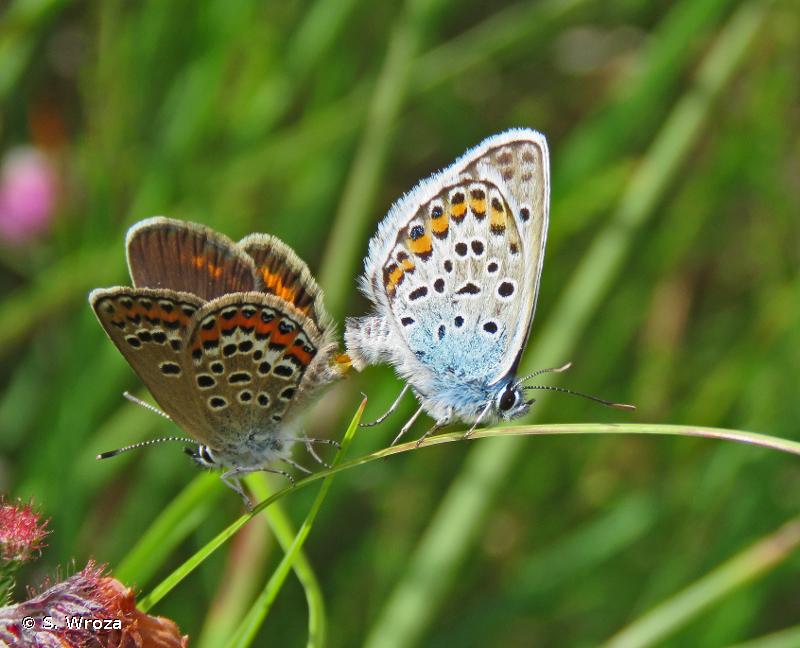
| Author : S. Wroza |
 |
Despite the Creative Commons license, please inform the author of the use which will be made of his photo
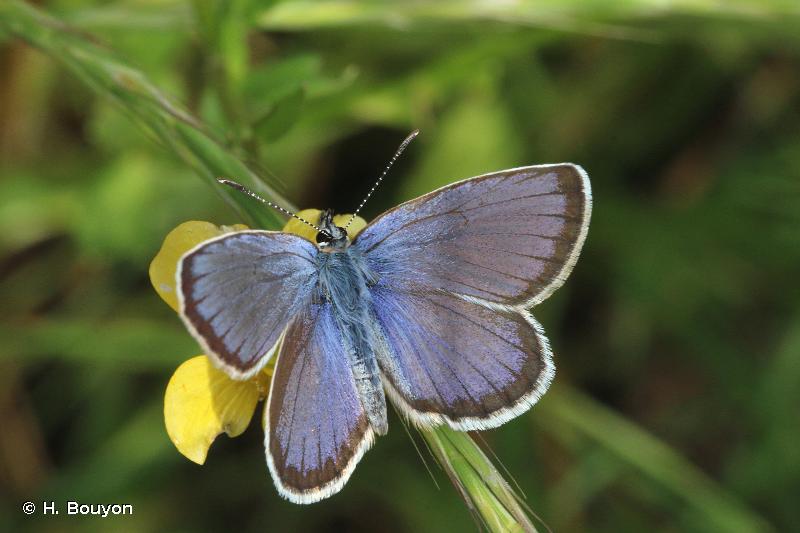
| Author : H. Bouyon |
 |
To get the picture, please visit:
Hervé BOUYON
email : herve.bouyon@wanadoo.fr
Any reuse of one or more photographs on this site is subject to an authorization request from the author.
Link to the Code of Intellectual Property (Legifrance)
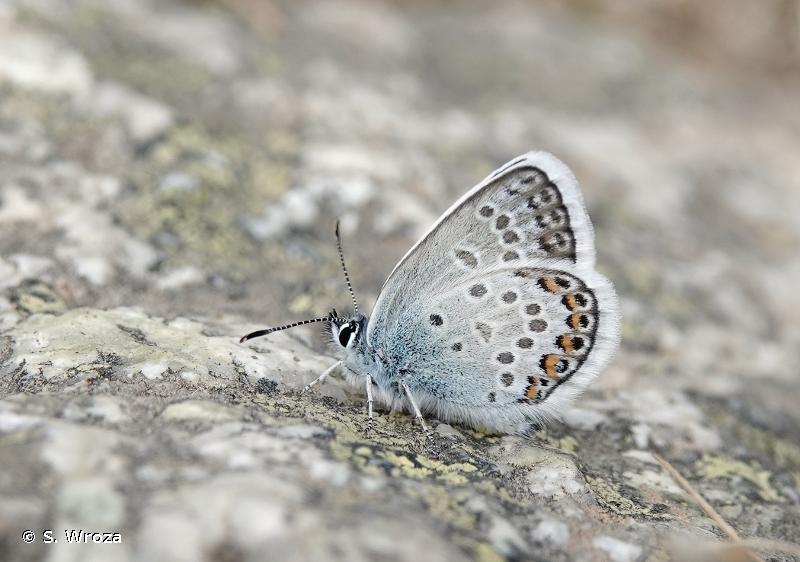
| Author : S. Wroza |
 |
Despite the Creative Commons license, please inform the author of the use which will be made of his photo
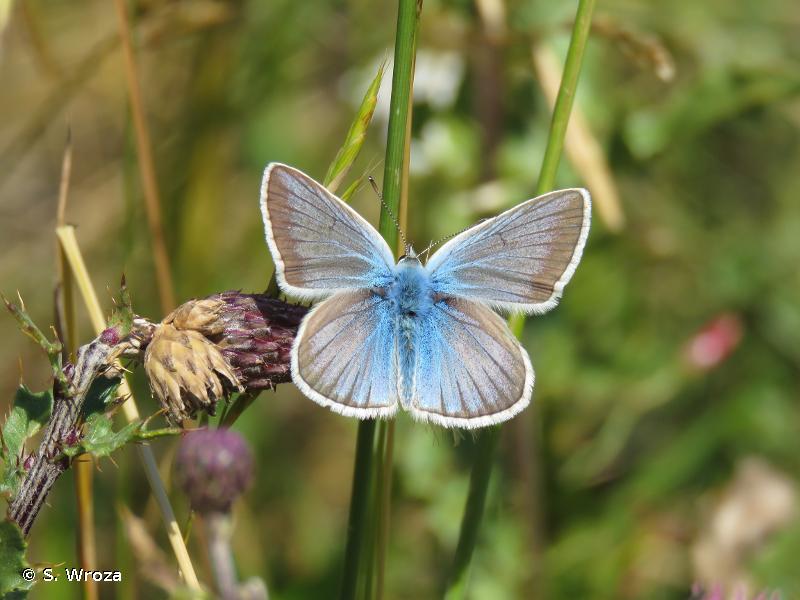
| Author : S. Wroza |
 |
Despite the Creative Commons license, please inform the author of the use which will be made of his photo
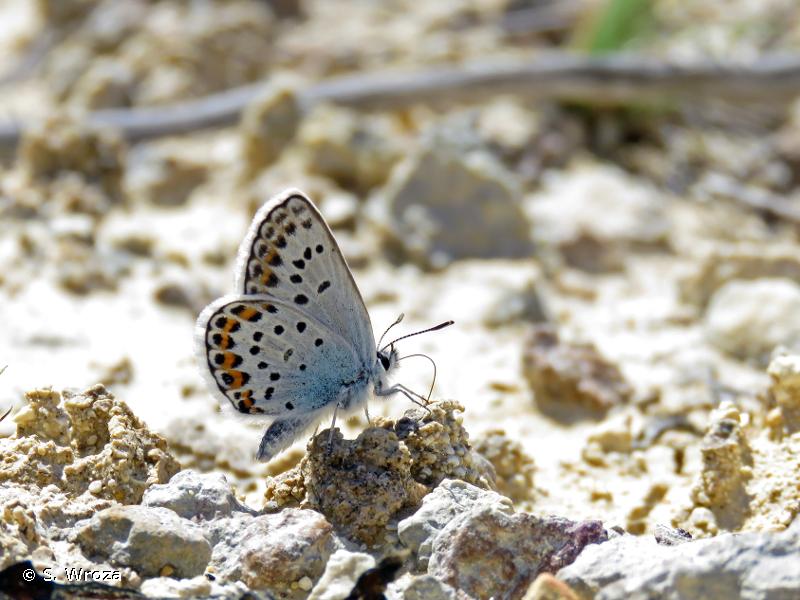
| Author : S. Wroza |
 |
Despite the Creative Commons license, please inform the author of the use which will be made of his photo

| Author : S. Wroza |
 |
To get the picture, please visit:
Wroza Stanislas<br>Muséum national d'Histoire naturelle - PatriNat<br>36 rue Geoffroy Saint-Hilaire CP 41<br>75 231 PARIS CEDEX 05<br>e-mail : s.wroza@hotmail.fr
Despite the Creative Commons license, please inform the author of the use which will be made of his photo

| Author : S. Wroza |
 |
To get the picture, please visit:
Wroza Stanislas<br>Muséum national d'Histoire naturelle - PatriNat<br>36 rue Geoffroy Saint-Hilaire CP 41<br>75 231 PARIS CEDEX 05<br>e-mail : s.wroza@hotmail.fr
Despite the Creative Commons license, please inform the author of the use which will be made of his photo
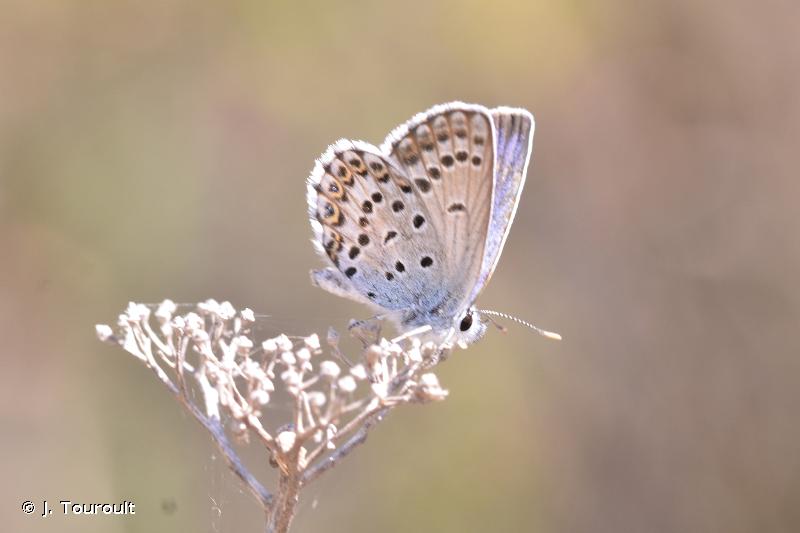
| Author : J. Touroult |
 |
To get the picture, please visit:
Legend: Photo en Corse
Despite the Creative Commons license, please inform the author of the use which will be made of his photo
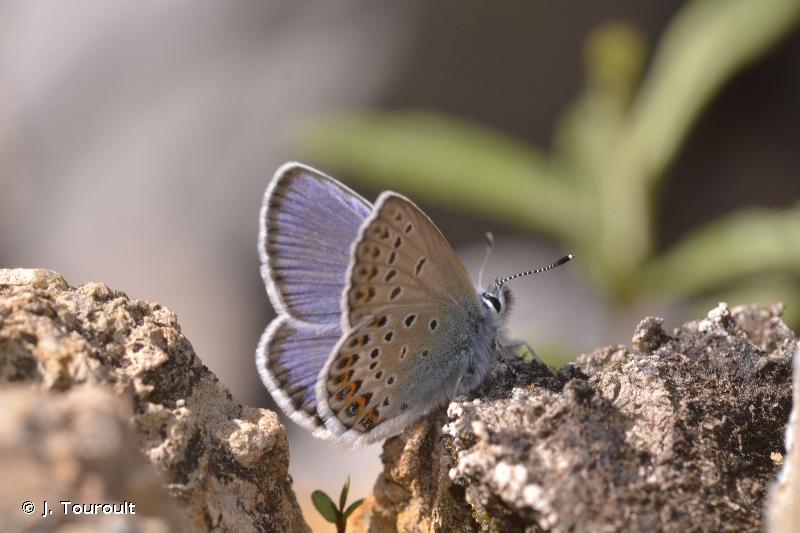
| Author : J. Touroult |
 |
To get the picture, please visit:
Julien Touroult
UMS PatriNat (AFB - CNRS - MNHN)
Muséum national d'Histoire naturelle, CP41, 36 rue Geoffroy Saint-Hilaire, 75005 Paris
Legend: Hautes-Alpes
Despite the Creative Commons license, please inform the author of the use which will be made of his photo
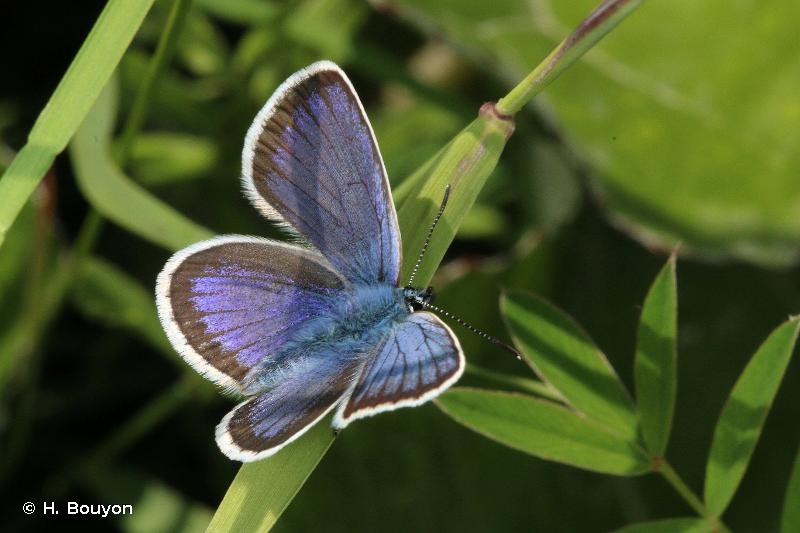
| Author : H. Bouyon |
 |
To get the picture, please visit:
Any reuse of one or more photographs on this site is subject to an authorization request from the author.
Link to the Code of Intellectual Property (Legifrance)
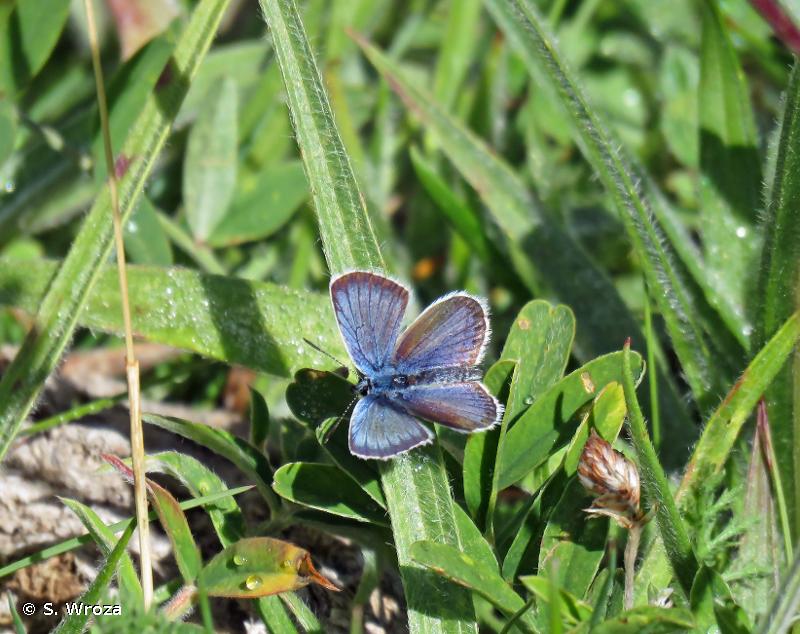
| Author : S. Wroza |
 |
Despite the Creative Commons license, please inform the author of the use which will be made of his photo
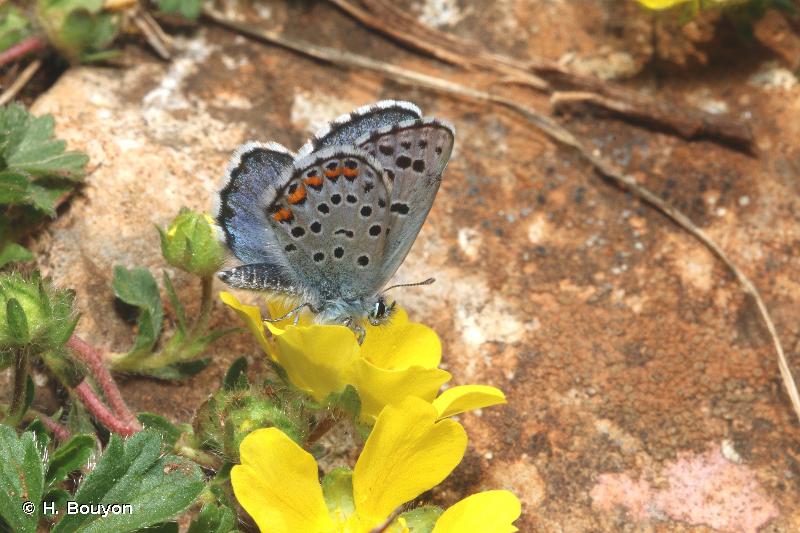
| Author : H. Bouyon |
 |
To get the picture, please visit:
Any reuse of one or more photographs on this site is subject to an authorization request from the author.
Link to the Code of Intellectual Property (Legifrance)
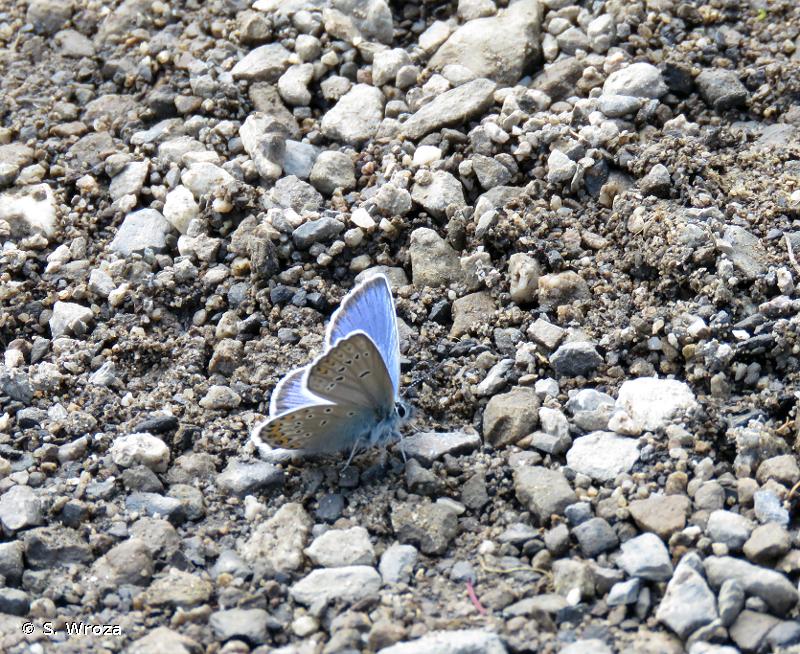
| Author : S. Wroza |
 |
Despite the Creative Commons license, please inform the author of the use which will be made of his photo
Taille :
Adulte : environ 25 - 30 mm
Diagnose :
Le dessus des mâles est bleu-violet avec une bordure marginale noire, les femelles sont brunes avec une rangée plus ou moins complète de lunules orange. Sur le dessous des ailes antérieures au niveau de l'aire postdiscale se trouvent une série de points noirs en forme de point d'interrogation et une série de taches blanches. Le dessous des ailes possède également des lunules orange dans l'aire submarginale. La chenille est verte ou brune avec une ligne dorsale sombre bordée de clair.
Détermination :
L'adulte est moyennement difficile à reconnaître et nécessite l'observation des tibias avec une loupe.
Espèces proches :
Confusion possible avec l'Azuré du Genêt (Plebejus idas) qui n'a pas d'épines au niveau des tibias sur les pattes antérieures des mâles.
Période d'observation :
L'adulte est visible de mai à septembre.
Biologie-éthologie :
Le Petit Argus réalise généralement deux cycles par an. En haute montagne et en climat aride, il ne fait qu'une seule génération. La chenille se nourrit des fleurs et des feuilles de différentes légumineuses comme les Sainfoins, les Coronilles, les Bruyères et les Ajoncs. Elle est étroitement associée aux fourmis qui les protègent des prédateurs en échange d'un miellat qu'elles sécrètent grâce à une glande mellifère dorsale.
Biogéographie et écologie :
Cette espèce est assez répandue d'Europe de l'ouest au Japon mais elle est souvent localisée car elle dépend de la présence des fourmis du genre Lasius. Elle privilégie les milieux bien ensoleillés comme les prairies, les pelouses mais également les landes et les lisières de forêt. On la trouve du niveau de la mer jusqu'à 2°400 m d'altitude.
D'après
Doux Y., Gibeaux C., 2007. Les papillons de jour d'Île-de-France et de l'Oise. Biotope, Mèze. Muséum national d'Histoire naturelle, Paris. 288 p.
Lafranchis, T., Jutzeler, D., Guilloson, J.-Y., Kan, P., Kan, B. 2015. La vie des papillons. Editions Diatheo. Montpellier. 751 pp.
Lafranchis, T. 2016. Papillons de France. Editions Diatheo. Montpellier. 351 pp.
J. Ichter(),2019
Continental
Metropolitan France
Overseas
Marine
Metropolitan France
Overseas
The map presents a summary at the 10 x 10 km grid of the observation data for the species transmitted to the SINP. These data have been subjected to validation filters.
The map presents a reference distribution layer of the species at the scale of departments and marine sectors. The presence and absence data were established by expertise within a network of partners. This reference distribution is used in the validation process of the SINP data at the INPN level.
Corresponds to a report on the basis of at least one observation proved within a period of 10 years (20 years for little-known invertebrates) preceding the year and no presumption of extinction since obtaining the last data nor doubt on reproductive and implemented nature of this population. For migratory species, the presence indicated concerns areas of reproduction.
This status is based on one or more of the following criteria:
This point covers the absence, more difficult by nature to demonstrate than presence. This status is based on one or more of the following criteria:
This status must be assigned to a department in which the presence of the species is casual.
Particular case of absence due to a proven extinction less than a half century ago (older disappearances are treated as "no probable or definite").
In the state of knowledge, we can not comment on the presence or absence in the current department. This is the default status when not comprised in one of the previous categories or whenever there is doubt.
The map shows the global distribution of the species based on GBIF data (Global Biodiversity Information Facility).
